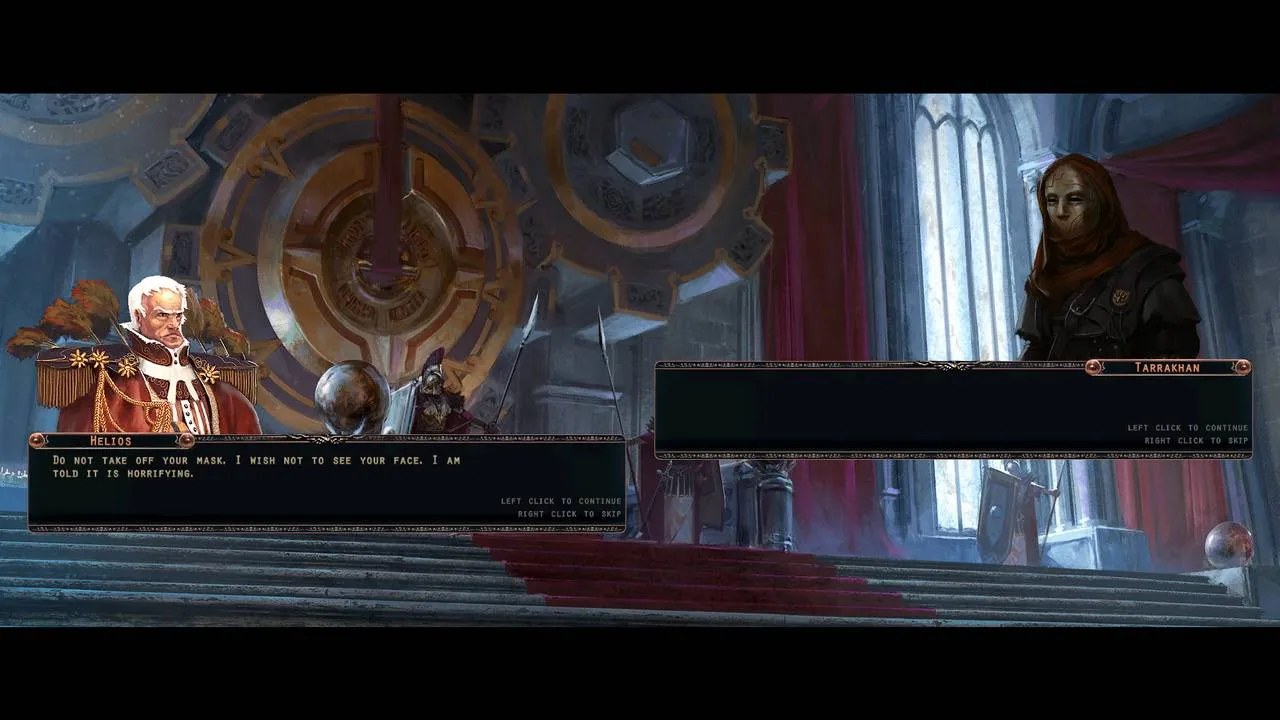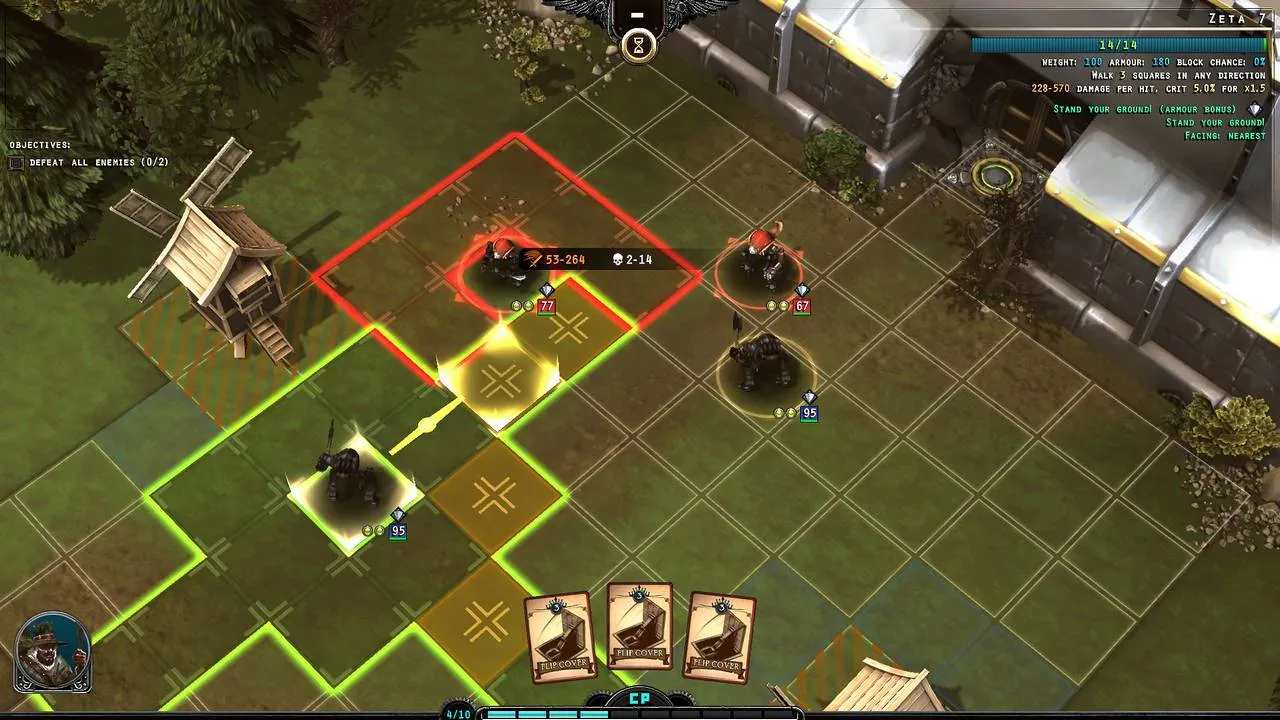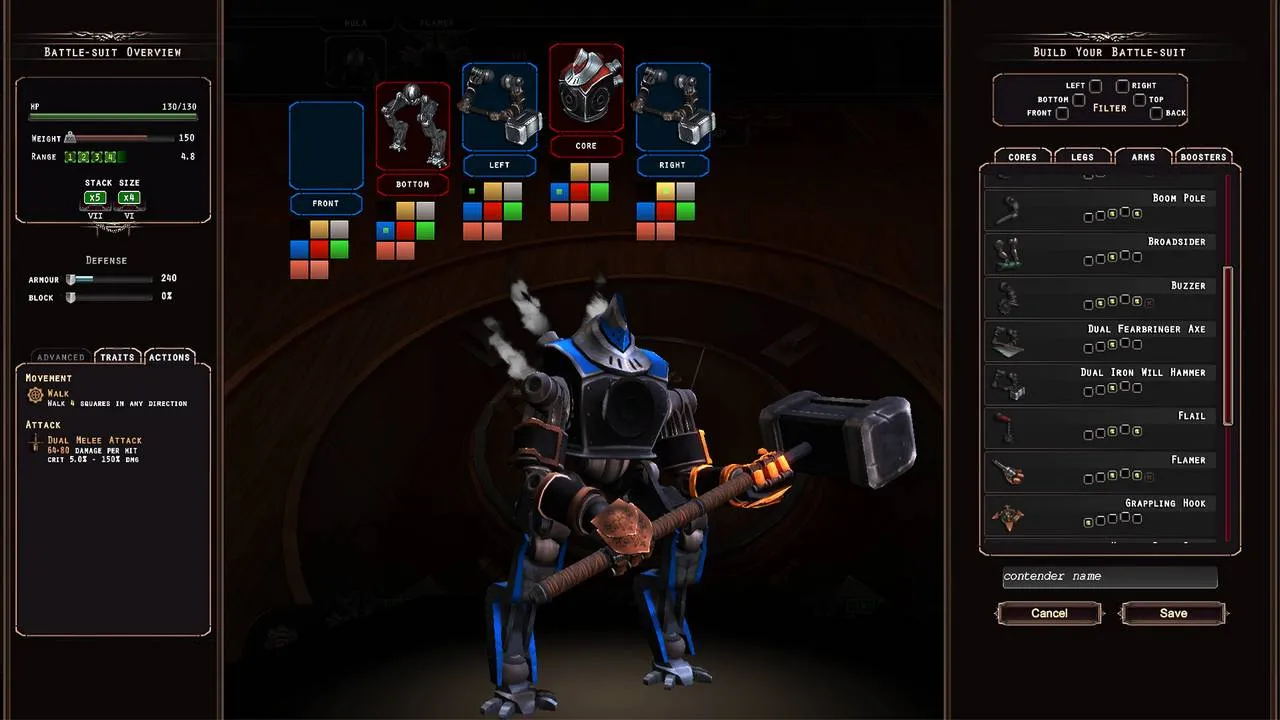
Acaratus: A Steampunk Strategy Game That Falls Short
Contents
Acaratus, a turn-based strategy game developed by Nodbrim Interactive, emerged from Steam Early Access in 2016 after a quiet year-long testing phase. Officially launched in April 2017, it arrived without fanfare and, perhaps thankfully, without much expectation. This lack of anticipation may have been a blessing in disguise, as the final product doesn’t quite live up to the four years of development time invested.
 Acaratus – Screenshot of gameplay
Acaratus – Screenshot of gameplay
A Disappointing Narrative and Presentation
Acaratus initially promises an intriguing steampunk setting, blending elements of Victorian-era aesthetics with futuristic technology. While this isn’t a novel concept, it provides a solid foundation for a compelling narrative. However, the game’s story, revolving around slave owner Adina and her servant Bolt’s rebellion against Emperor Helios, fails to capitalize on this potential. The dialogue is weak, the plot jumps illogically between locations, and the overall narrative lacks memorable moments.
Further hampering the game’s world-building is the monotonous and lackluster presentation. Levels are repetitive, with minimal detail and simplistic visuals. The mech suits, central to the gameplay, move stiffly and lack the weighty feel one would expect from powerful machines. The game’s sound design is equally forgettable, leaving little to no lasting impression. Compared to games like Templar Battleforce, with its vibrant hand-drawn 2D graphics, Acaratus’s 3D visuals feel lifeless and uninspired.
 Acaratus – Screenshot showing the limited environment detail
Acaratus – Screenshot showing the limited environment detail
Shallow Tactical Gameplay
Acaratus’s core gameplay, its turn-based combat, is as underwhelming as its presentation. While labeled a strategy game, it barely scratches the surface of the genre’s potential. The combat is simplistic to the point of tedium. Levels are designed as linear corridors with occasional obstacles, requiring players to move their battle-suits forward, engaging enemies in repetitive attacks. The battle-suits utilize a card system, allowing players to equip a set of five or six utility cards. These cards grant abilities like extra movement, jumping to nearby enemies, defensive postures, retreating, or healing. However, these abilities are unremarkable and fail to add any depth to the combat.
Enemy behavior is equally predictable, consisting primarily of chasing the player when spotted, remaining stationary otherwise, and attempting to flee when approached. To compound these issues, Acaratus introduces a baffling mechanic for a turn-based game: real-time environmental hazards. Landslides, for instance, occur in real-time, meaning your battle-suit can be hit before you have a chance to react. This design choice is perplexing and further detracts from the game’s tactical value.
 Acaratus – Screenshot of the mech suit customization
Acaratus – Screenshot of the mech suit customization
A Glimmer of Hope in Mech Customization
The one redeeming feature of Acaratus lies in its battle-suit customization system. Players can construct their mechs from four main components: core, arms, legs, and lower body. The core determines the battle-suit’s overall type (agile, heavily armored, or airborne), while the other components dictate weapon type, weight, armor, and movement range. Some cores even allow for additional back-mounted equipment, such as wings for flying units. Each battle-suit also possesses unique traits, like the ability to move in eight directions or utilize different attack patterns. While this customization offers some strategic potential, it’s ultimately overshadowed by the game’s other shortcomings.
Conclusion
Acaratus attempts to carve a niche within the steampunk strategy genre, but ultimately falls short due to its weak narrative, repetitive gameplay, and uninspired presentation. While the mech customization offers a glimmer of hope, it isn’t enough to salvage the overall experience.





Comments (0)